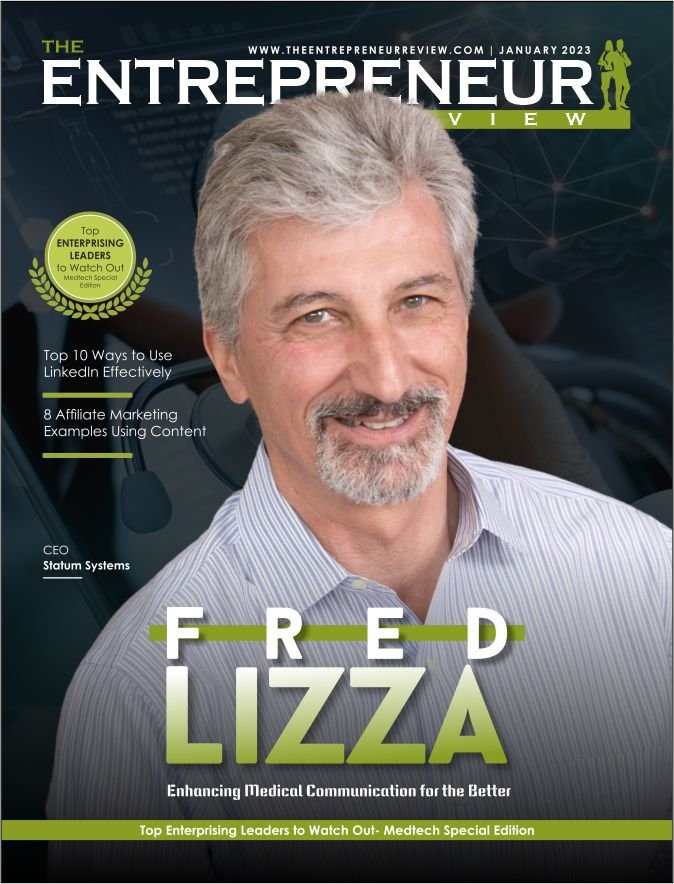NASA is gearing up for another manned launch to the International Space Station (ISS) on Monday morning, with all systems go for the historic mission. The launch marks the first time in nearly a decade that astronauts will be launched into space from American soil, following the retirement of the Space Shuttle program in 2011.
The mission, called Crew-2, will carry four astronauts to the ISS aboard SpaceX’s Crew Dragon spacecraft. The astronauts include NASA’s Shane Kimbrough and Megan McArthur, European Space Agency’s Thomas Pesquet, and Japan Aerospace Exploration Agency’s Akihiko Hoshide.
The launch is set to take place from Launch Complex 39A at NASA’s Kennedy Space Center in Florida at 5:49 a.m. EDT on Monday, April 23. If all goes according to plan, the Crew Dragon spacecraft will dock with the ISS at approximately 5:10 a.m. EDT on Tuesday, April 24.
The mission is the second crewed flight of the Crew Dragon spacecraft, which made its first manned flight last year with the Demo-2 mission. That mission carried NASA astronauts Robert Behnken and Douglas Hurley to the ISS, and marked the first time a privately-built spacecraft had carried humans into orbit.
The Crew-2 mission is also significant because it marks the first time that a SpaceX spacecraft will reuse both the Falcon 9 rocket booster and the Crew Dragon spacecraft. The same booster was used for the Demo-2 mission, while the Crew Dragon spacecraft was refurbished after its return to Earth last year.
The reuse of spacecraft is a key part of SpaceX’s efforts to make space travel more affordable and sustainable. By reusing spacecraft and rockets, the company hopes to drive down the cost of spaceflight and enable more frequent missions to the ISS and beyond.
How does the Crew Dragon Spacecraft work? (SpaceX)
Despite the excitement surrounding the Crew-2 mission, it is not without its risks. Space travel remains a dangerous and unpredictable undertaking, and even small glitches can have catastrophic consequences. In addition, the COVID-19 pandemic has added an extra layer of complexity to the mission, with NASA taking numerous precautions to ensure the safety of the astronauts and support personnel.
Despite these challenges, NASA and SpaceX remain committed to the Crew-2 mission, which represents a significant milestone in the history of space exploration. If successful, the mission will help to pave the way for future crewed missions to the ISS and beyond, and will bring us one step closer to a future in which space travel is not just the domain of a select few, but is accessible to all.











